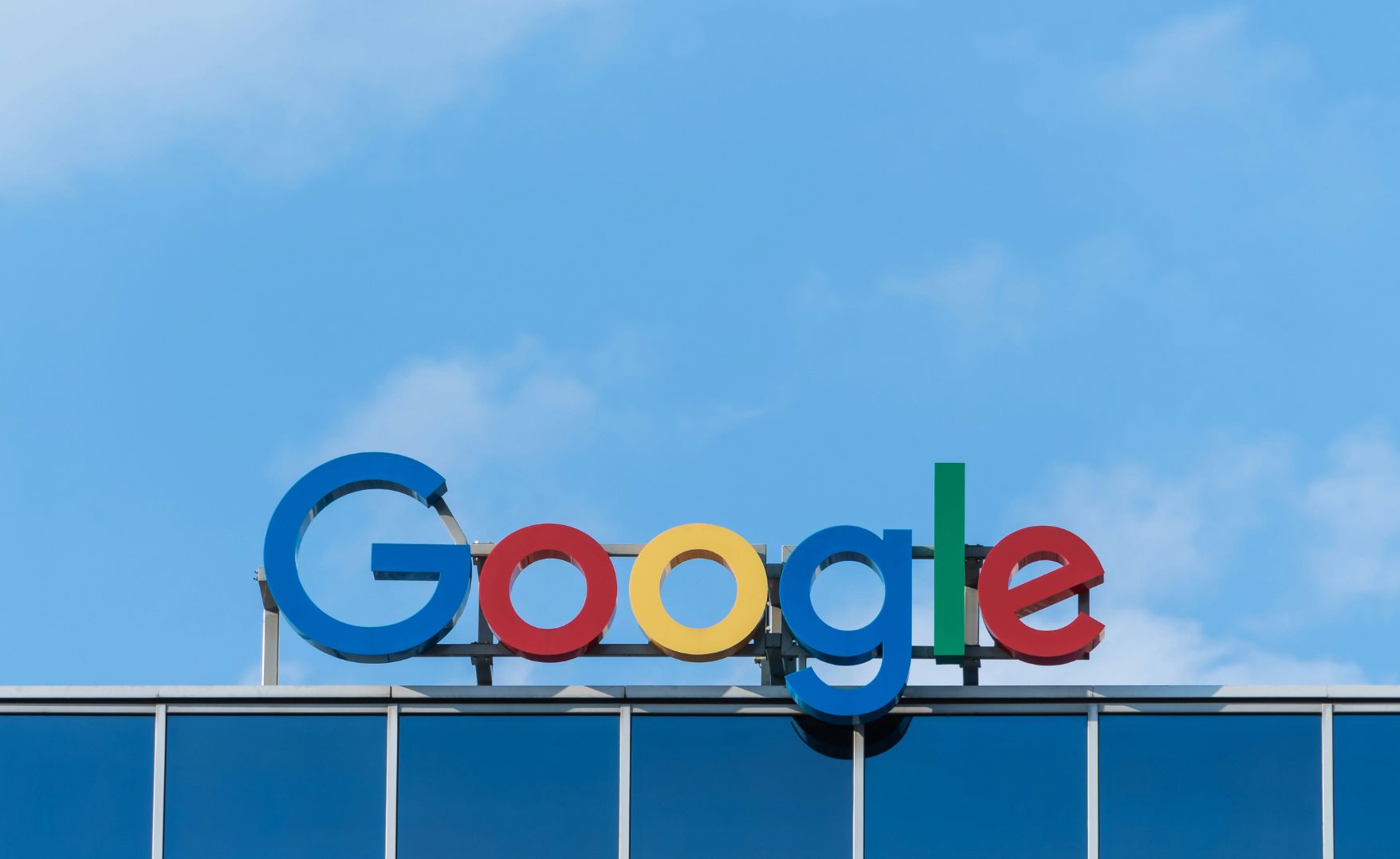
Navigation
Contact Information
Toronto – 320 Front St W Suite 1600, M5V 3B6
Halifax – 2570 Agricola St, B3K 4C6
Email: info@timespacemedia.com
Phone: 902-429-8463
Subscribe to our insights newsletter

There was a lot of hype when Netflix announced in mid-October 2022 that their ad-supported tier would be launching in just two short weeks at the start of November, and understandably so. For most of its existence, Netflix has maintained that the platform would remain an ad-free zone. However, after losing almost one million subscribers early 2022, their biggest loss to date, and with ever-increasing competition in the streaming sphere, it became clear that relying on subscribers alone for revenue would not be the optimal long-term business model.
The development came together quite quickly and Netflix successfully launched the tier a month ahead of one of the other major players, Disney+, which launched an ad-supported tier in December. Unfortunately, while Netflix rushed to get it to market, subscribers did not jump on the opportunity the way the company had hoped: “only nine percent of new Netflix subscribers in the US opted for the streaming service’s new ad-supported streaming tier last month, according to data from analytics firm Antenna.”
As a result, Netflix has not been able to meet the viewership targets for many of it’s larger advertisers. According to Digiday, “the specific shortfall amounts vary by advertiser, but in some cases, Netflix has only delivered roughly 80% of the expected audience”. While the news is no doubt disappointing for advertisers, Netflix has opted for a “pay on delivery” structure so brands that haven’t had their targets met will receive back their excess ad spend at the end of each quarter.
Though the uptake has been slow for Netflix, it needs to be noted that consumers are not apprehensive to ad-supported streaming as “76 percent of Peacock subscribers, 57 percent of Hulu’s, and 44 percent of both Paramount Plus and Discovery Plus audiences are subscribed to their respective ad-supported tiers”. This can likely be attributed to a reduced amount of content available on the ad-supported tier and the lack of a price hike for the ad-free tier, something Disney+ implemented when they introduced their own AVOD tier.
Netflix has, however, made strides to increase the appeal for all subscription levels with the recent launch of Nike Training Club. Arriving just in time for the fitness related new year’s resolutions, the program includes 30 hours of instructional fitness content spread out over 5 categories like basic bodyweight fitness, yoga, and HIT.
Further, while not a reality yet, Netflix has been looking into hosting live sporting on the platform with CEO Ted Sarandos stating “never say never” when asked about the topic. With competing streaming platform, Amazon Prime video, currently hosting the NFL’s “Thursday Night Football” and AppleTV signing deals to host soccer and baseball, the likelihood that Netflix is seriously considering making a move within the space is high. The addition of such would no doubt up the appeal of the streaming service significantly across all tier levels with ads possibly even being featured on the ad-free tier given the natural ad breaks built into live sporting events.
The continued evolution of Netflix’s overall offering combined with a price hike for the ad-free version and an unreduced content catalogue on the ad-supported tier could prove to be the catalyst that motivates consumers to make the switch. Further, the CEO of Netflix has stated that the service will likely have multiple ad-supported tiers eventually which will help increase the overall appeal for consumers.
Password sharing is another roadblock for Netflix’s ad-supported tier. Many of the people watching Netflix’s content are not the account holders with “a study from [consumer research platform] Attest, find[ing] that more than one in five people surveyed rely on a Netflix account paid for by another person.” And while Netflix is a service usually shared among household members, when you consider that there are 15.3 million households in Canada but 19 million people who use Netflix, the problem password sharing poses becomes clear.
Netflix has been aware of this issue for some time and has indicated that they’ll begin cracking down on it in early 2023. As account sharing becomes less feasible/attractive, many individuals who have been piggybacking off other users will contemplate getting their own and likely gravitate towards the cheapest option; the ad-supported tier.
Despite the faltered start, Netflix’s ad-supported still has a lot of potential and advertisers should not take this initial lag as a reason to pull the plug. The price per 1,000 impressions has come down to $55 from the initial $65, still pricier than Disney+ at $50, but definitely a more appealing figure and indicates that Netflix still has a lot of confidence in their ability to deliver, and surely will.
Toronto – 320 Front St W Suite 1600, M5V 3B6
Halifax – 2570 Agricola St, B3K 4C6
Email: info@timespacemedia.com
Phone: 902-429-8463
Subscribe to our insights newsletter